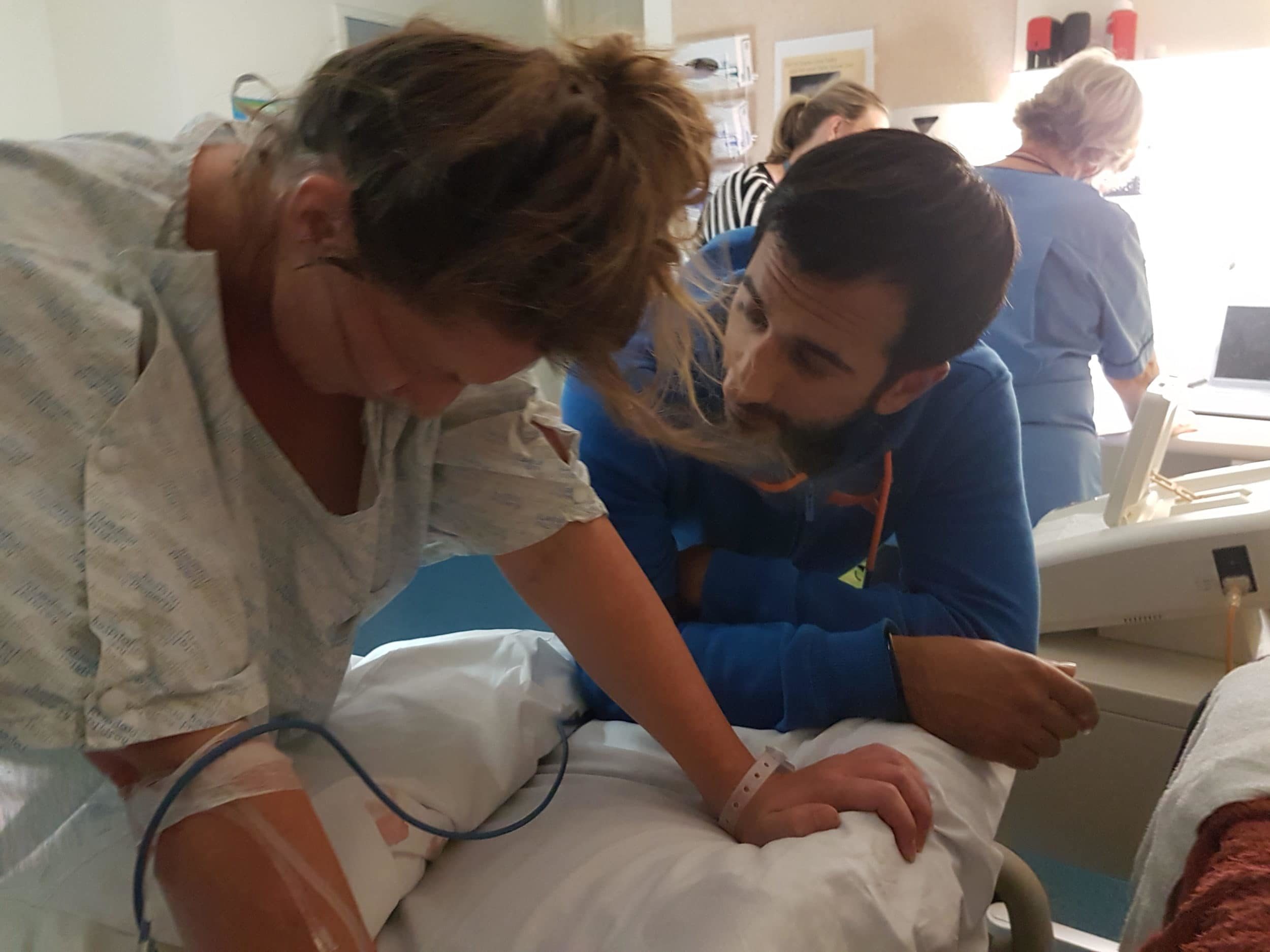As the due date arrives many women ask how they can speed up or induce their labour and birth. Most women/wāhine will go into labour spontaneously around the time of their due date but as each day goes by some women may become impatient to see their baby. At these times they may ask their midwife for ways to speed up or induce the labour and birth.
There are a variety of different suggestions about how to start labour naturally such as long walks, sex, spicy foods etc. but none have any high level evidence to support them at present.
Induction of labour is the process of starting labour artificially, rather than waiting for labour to start naturally. An induction will only be offered if there is a good medical reason, because there are potential risks as well as benefits involved. The main reasons why an induction of labour may be recommended are;
- if your baby is overdue – from 41 – 42 weeks
- if your waters have broken before labour starts on its own
- if you or your baby have a health concern.
